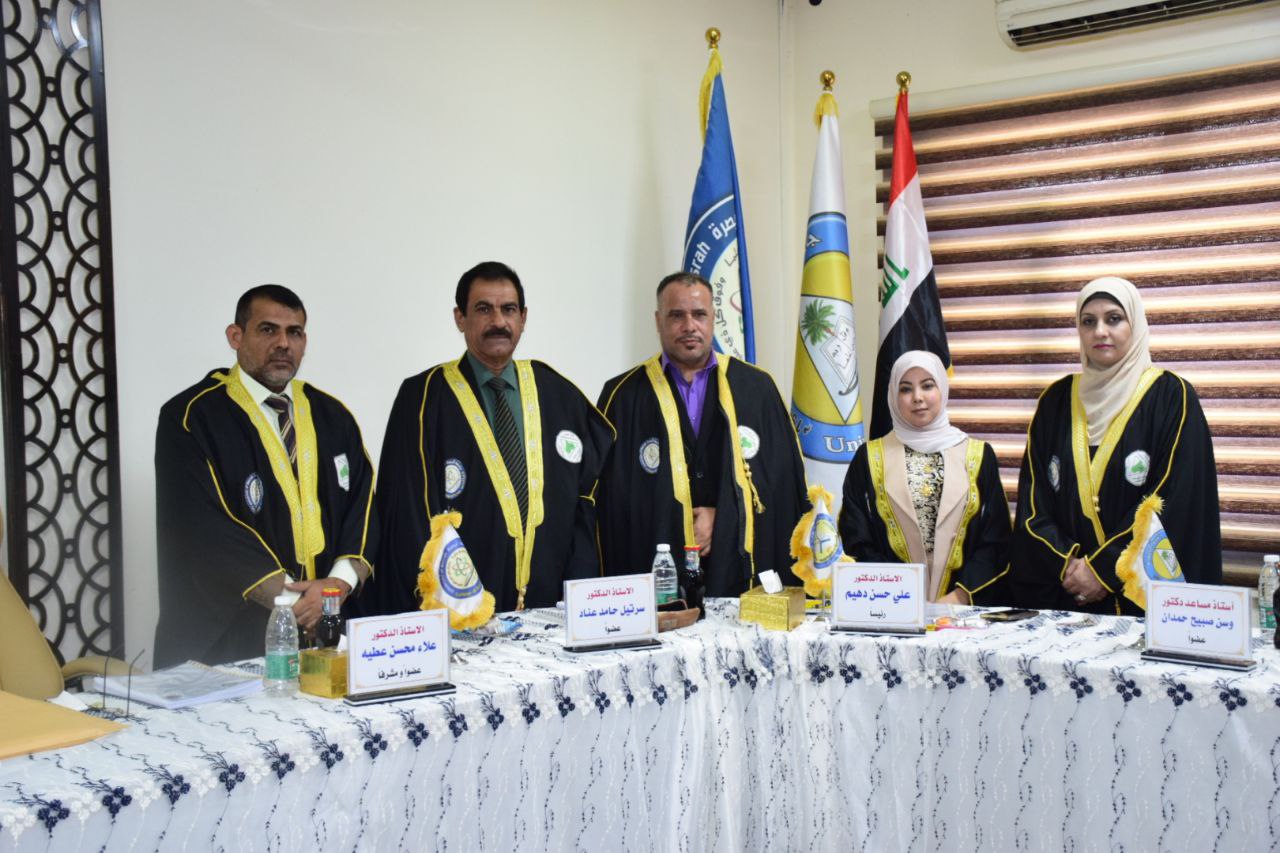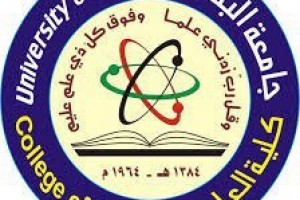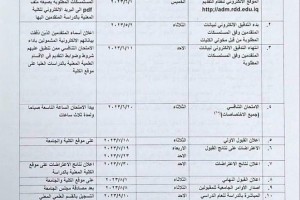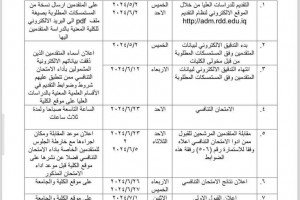


The Department of Geology at the College of Science discussed a master's thesis entitled (Hydrological Assessment in Iraq for the period 2002-2020 using groundwater storage deficit derived from GRACE)
The researcher Ayat Ali Hassan's thesis aims to use GRACE data represented by (TWSA) to estimate the water storage deficit (WSD) and use it as an indication of hydrological drought and compare it with meteorological drought represented by the Standard Precipitation Index (SPI) in different time scales and study the relationship between dependent and independent variables using Deep learning techniques for mapping drought sensitivity.
The study included a temporal assessment of drought using GRACE data represented by (TWSA) for ten retinal cells covering the Iraqi territory, these data were processed by the Access Propulsion Laboratory (JPL), these data covered 248 months, but 24 months were missing. R studio software. To compare the hydrological dryness estimated by GRACE, monthly mean precipitation data were obtained from 11 meteorological stations over Iraqi territory to calculate the Standard Precipitation Index (SPI) at different time scales. To study the trend and the GRACE-derived terrestrial water storage anomaly trend value, the non-parametric Mann-Kendal test was used.
The results found that the Terrestrial Water Storage Anomaly (TWSA) in Iraq decreased somewhat from 2007 to 2017, but increased from 2002 to 2006 and from 2018 to 2020. This means that Iraq experienced a drier climate from 2007 to 2017, but wetter climates from 2002 to 2006 and from 2018 to 2020. The water storage deficit (WSD) in all reticulocytes 1, 2, 3, 4, 5, 6, 7, 9, and 10 went through three periods: 2002-2006, 2007-2017, and 2018-2020. The first and third stages were characterized by a surplus, while the second stage was suffering from a deficit.
The study recommends the use of drought-resistant crops in areas where water is scarce, while the study focuses on environmental aspects. Economic and social aspects such as population density and infrastructure development should be included, all factors that lead to drought.







